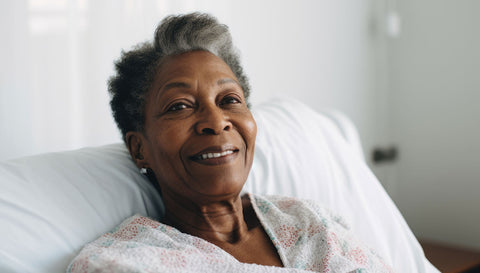First of all, it is important to recognise the big age gap within the Baby Boomer demographic. There is a large difference between the oldest boomer and the youngest, which means we have to be careful with how much we generalise this group - especially in relation to future predictions within aged care.
So, who are the boomers? The term is used for people born between 1946 and 1964 and comes from the huge increase in numbers of babies born during this period. In Australia, over 800 baby boomers are turning 50 each day and by 2030 they will all be 65 or older.
Baby boomers are more segmented than previous generations. Mass production will not work on this demographic, as they have created more distinguished markets for all services they have needed through each phase of life. Their expectations are higher, they are pickier, and they want quality.
In order to meet the standards of the boomers we have to provide more customised, more tailored and more personalised options - in all aspects of the healthcare industry.
There have also been many discussions on whether or not this generation is healthier than previous generations, so it will be interesting to see how they will impact the health and aged care industry based off their characteristics and health behaviors. Will they favor home-based assisted living? Are retirement homes still an option? What sort of help and support will they prefer?
This is why Sleeptite believes that the future of elderly care is individualisation. A more segregated market deserves a wider range of choice, and we owe it to the Boomers to work harder on this. After all, the time and money we invest into their future will only reflect back on us.


